Engines rev, and a blanket of tense silence befalls a packed stadium.
20 drivers are lined up, waiting as the red lights slowly begin to go out.
And finally… the lights go out, and away they go. Drivers tear down the pavement, and fans cheer loudly in the stands.
The roar of apprehension from the last few laps is not only heard from the stands of the track but can be heard in homes all over the world as live streams hit television screens. That same roar will be echoed in the following months when Netflix’s “Drive to Survive” debuts its next season.
According to The Athletic, 53% of nearly 1,900 self-identified adult U.S. Formula One, also known as F1, fans claimed that they became fans because of Netflix’s show “Drive to Survive.”
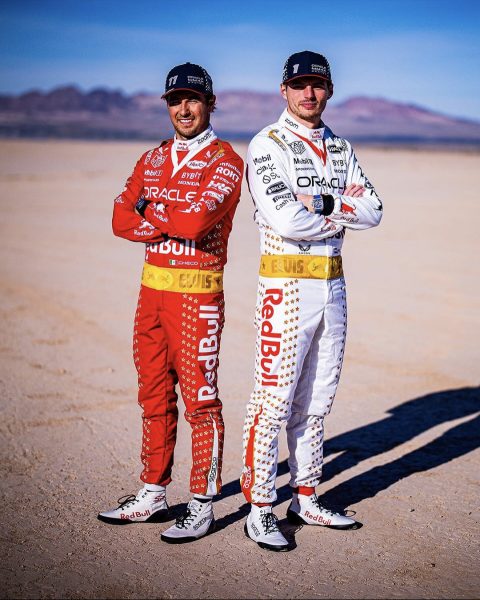
“Drive to Survive” is a show that shadows and focuses on various teams racing throughout each year’s season. Each season has 10 different episodes reflecting on the past season and drops all at once. Over the years, the show has accumulated a considerable following, with, according to The Athletic, 109.7 million viewing minutes in the first week of its debut jumping up to 224 million viewing minutes for the season five debut week.
This show itself has come under fire from drivers in the past couple of years, with mainly Red Bull driver Max Verstappen refusing to sit down for interviews with Netflix at the end of 2021, claiming that the drama was over the top and that the storylines did not add up to reality. However, with Max Verstappen coming out of 2021 as the world champion, he rejoined the show for the 5th and upcoming 6th season. Mercedes driver Lewis Hamilton endured a similar situation, opting to sit out of the first season, but rejoining the later ones once seeing the impact it had on fan bases.
Media as a whole has had a strong effect on the diversity of the audience, the revenue gained from the season, the ability for teams to gain a following on social media, and increased engagement even over breaks from the actual season.
According to the New York Times, the revenue was 1.83 billion in 2018, however, in 2022, revenue rose to $2.57 billion, and team payments increased to $1.16 billion, much larger than seen in years before Liberty Media took over.
When Liberty Media took over the commercial side of F1 in late 2016, they set their target on the younger generations, hoping to attract fans for years to come. To do this, they loosened restrictions on social media for select teams and allowed more “behind the scenes” content to be released. The race series visits 20 countries and with each country comes the new challenge of broadcasting. With the cancellation of NBC’s broadcasting, Liberty Media took on broadcasting with ESPN, hooking new users and increasing viewing within the United States.
Within the United States, F1 has previously struggled to find solid grounds and foundations of a fan base, largely due to competition from local sports, lack of American leading drivers and leading grand prix on Americ
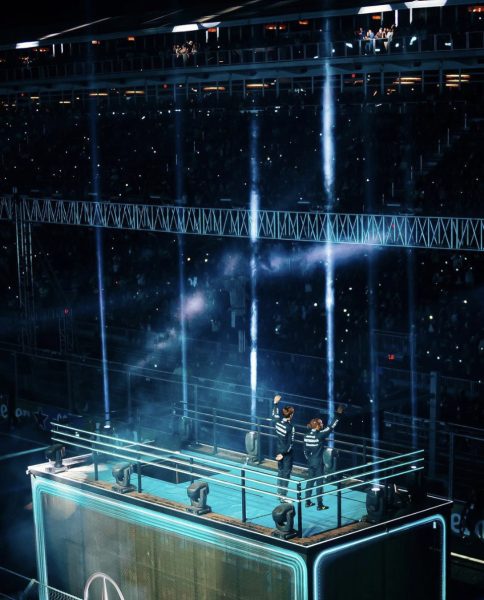
an soil. However, this year, with Liberty Media’s investment into creating an American audience, a Las Vegas F1 grand prix was set in place for the first time since 1982. While some found the spectacles to be a bit “Hunger Games” like in their presentation, it cannot be denied that the race was turned into quite the sensation, bringing A-list celebrities to the track and more fans than what was originally expected.
In addition, the PR work that the drivers did was more than what is typically seen at other races, with the drivers all having their separate Vegas-themed work cut out for them. Red Bull drivers Max Verstappen and Sergio “Checo” Perez sported “Viva Las Vegas” Elvis-inspired suits, and several teams came up with special liveries or car designs, to match the Las Vegas vibe.
However, despite the hard work from the media to make the races more popular, some drivers find it overwhelming, with Max Verstappen even claiming that it was, “99% show, 1% race,” and with an incident on track happening almost immediately, where Ferrari driver Carlos Sainz got a penalty after hitting a loose drain and damaging his car, fans and teams were not immediately pleased with the race. Even so, once Max Verstappen reigned as champion on the Las Vegas track, he gave into the aura of the “neon capital of the world” and cheered, “Viva Las Vegas!,” in celebration of his victory, leading listeners to believe he was pleased with the race itself.
As a whole, the Las Vegas race is just a small scale of a large discussion over the growth of motorsport and the role that media has played in it.
Another thing that can be attributed to the growth of media coverage is the engagement in the support over long breaks, as well as the revenue that they can make within the racing season. Even when the racing is not on, and fans cannot watch a live race, teams can keep them hooked with photos and videos from the past season being sent out on social media platforms. Along with that, fans can look forward to an action-packed Netflix series on the previous season and an assured closer look at what they saw watching live races.
Whether one supports the spectacles or not, it is certain that the growth of the sport and its continually expanding audience can be attributed largely to the role of media within its ranks.



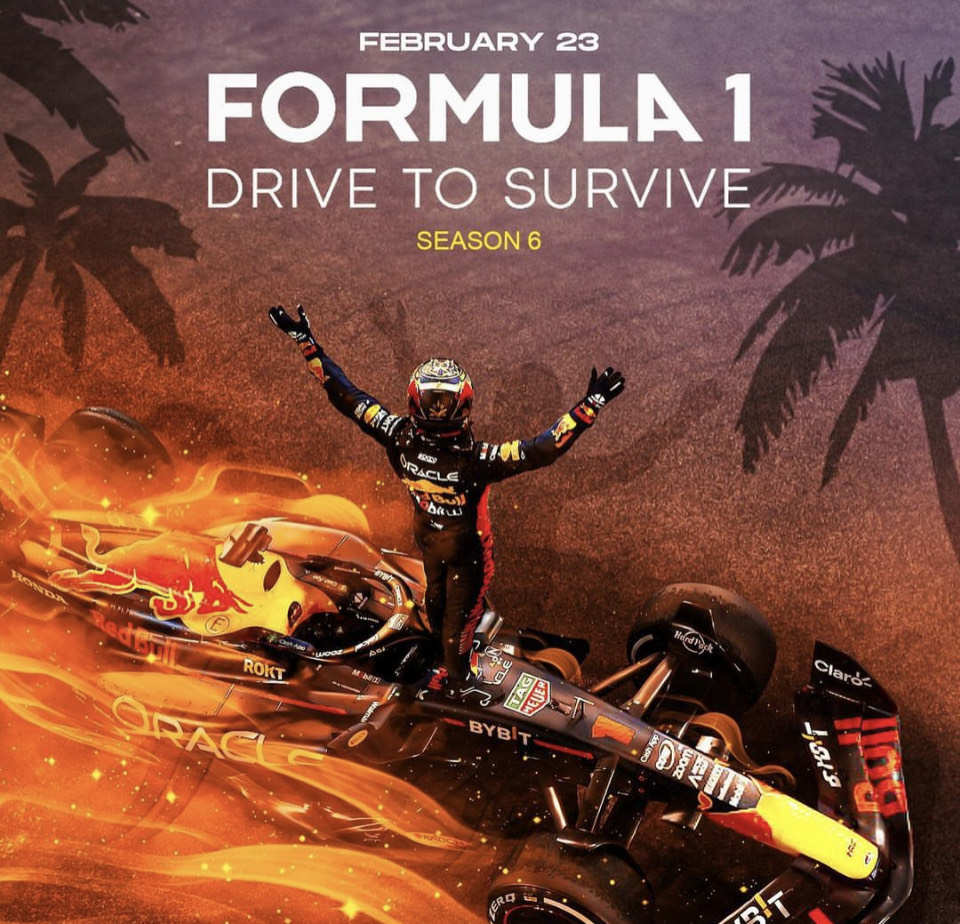
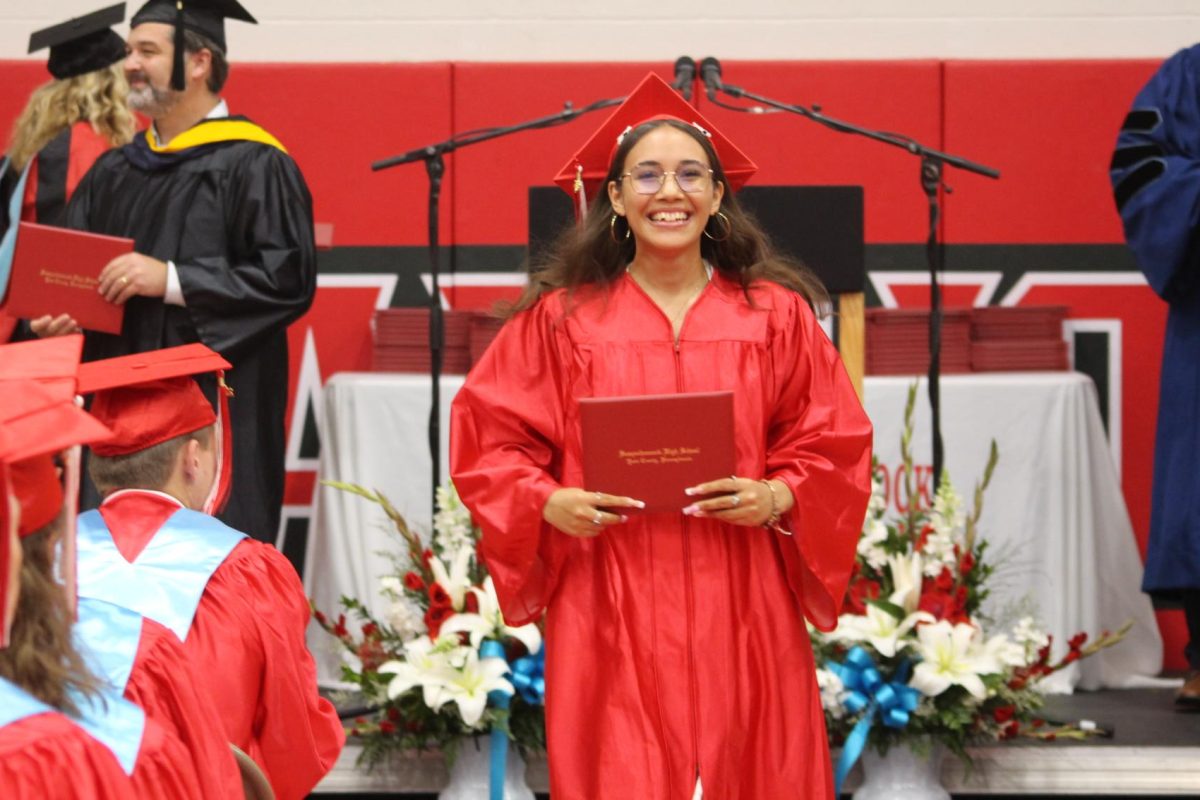
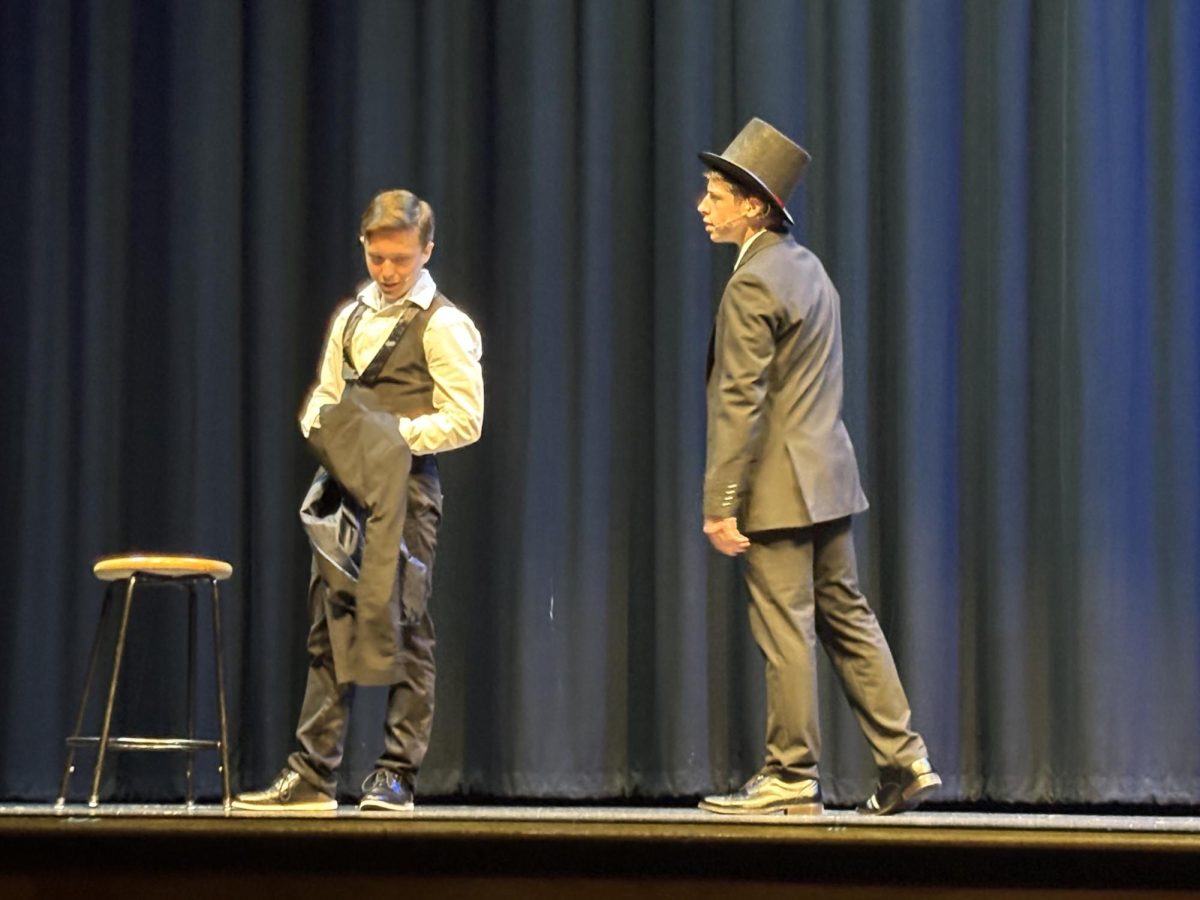

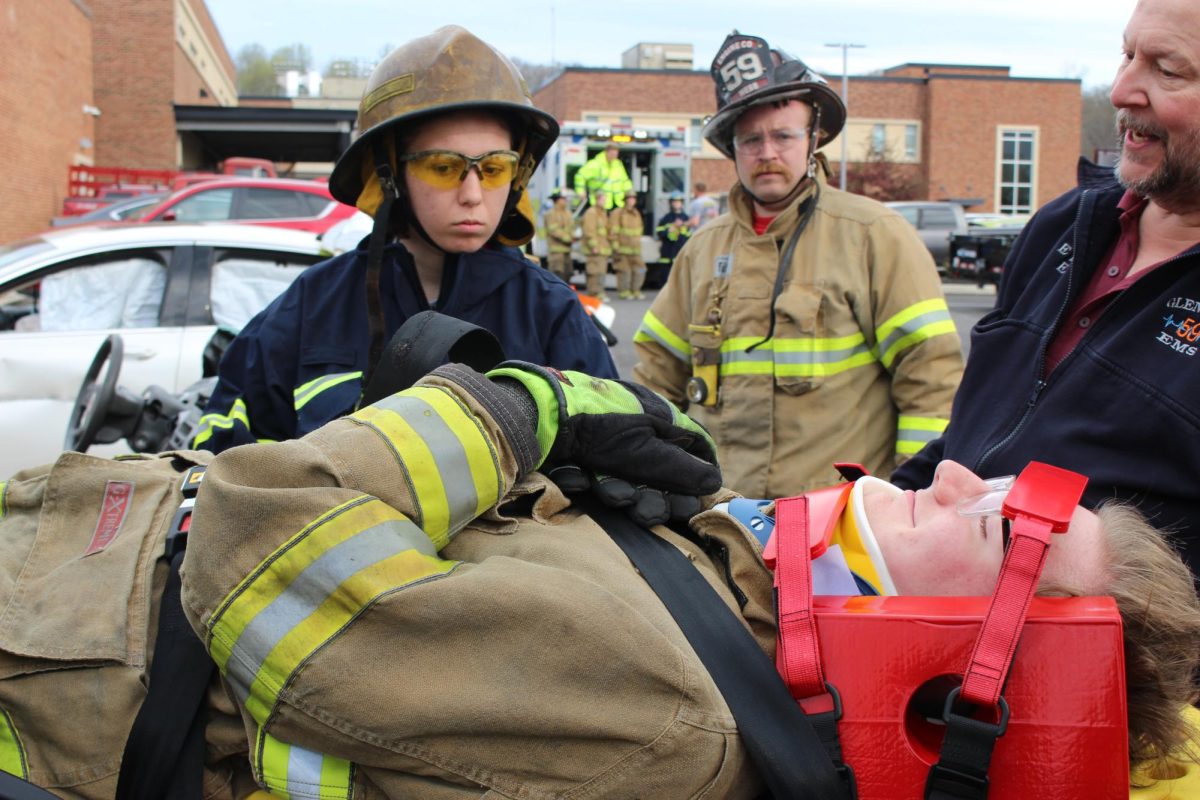
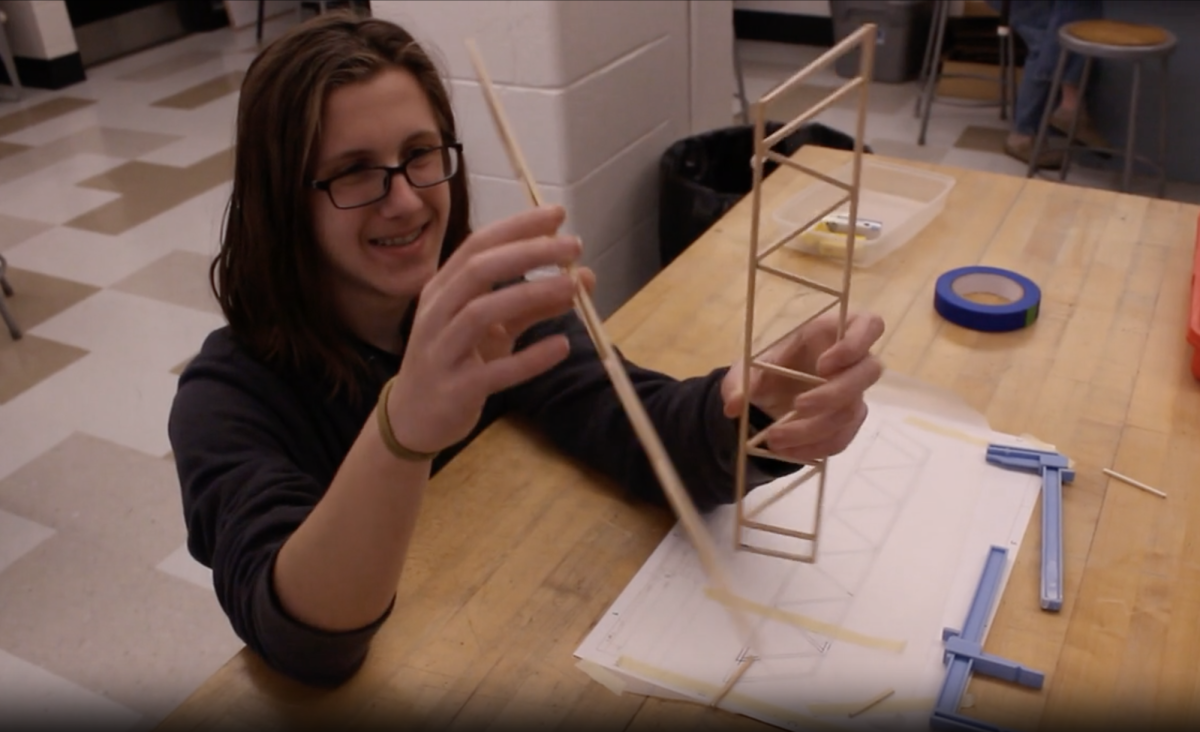
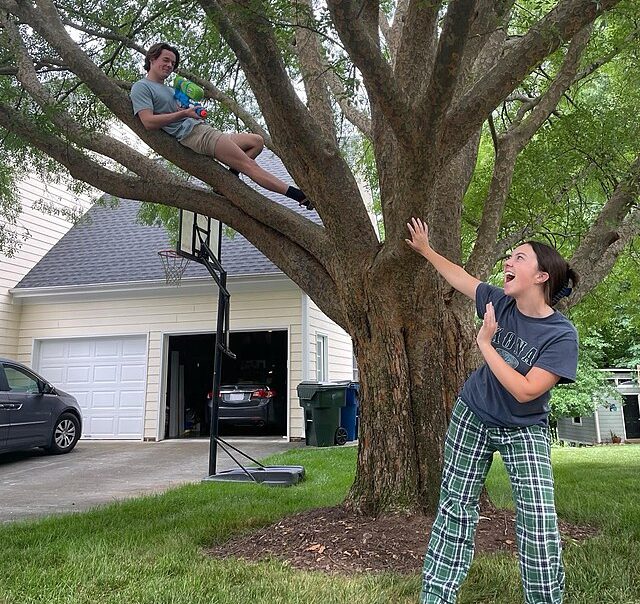
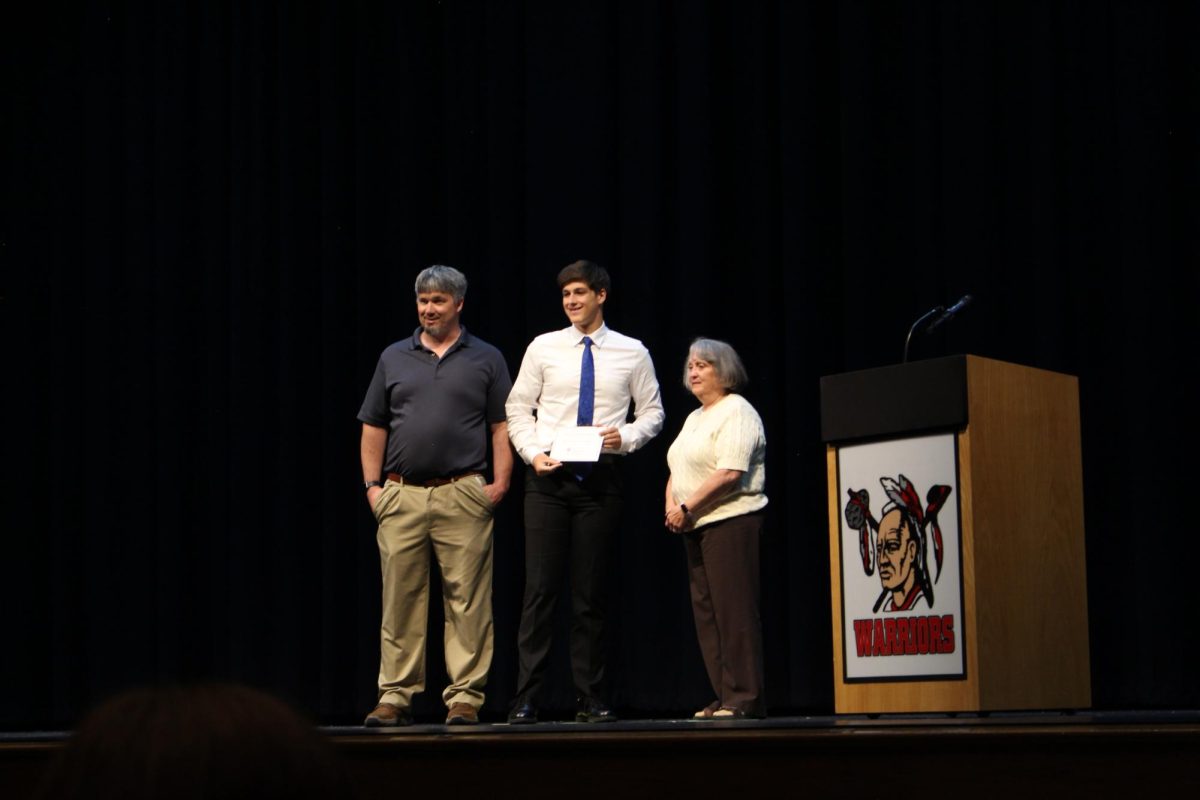
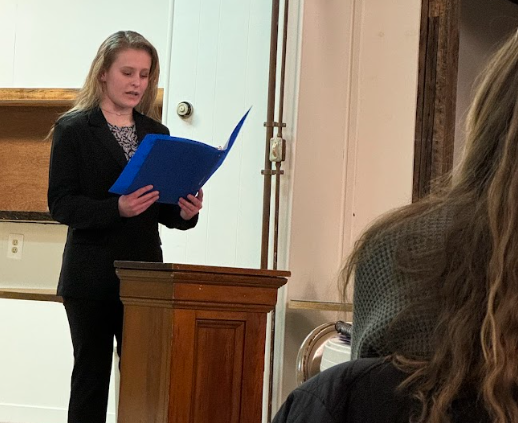

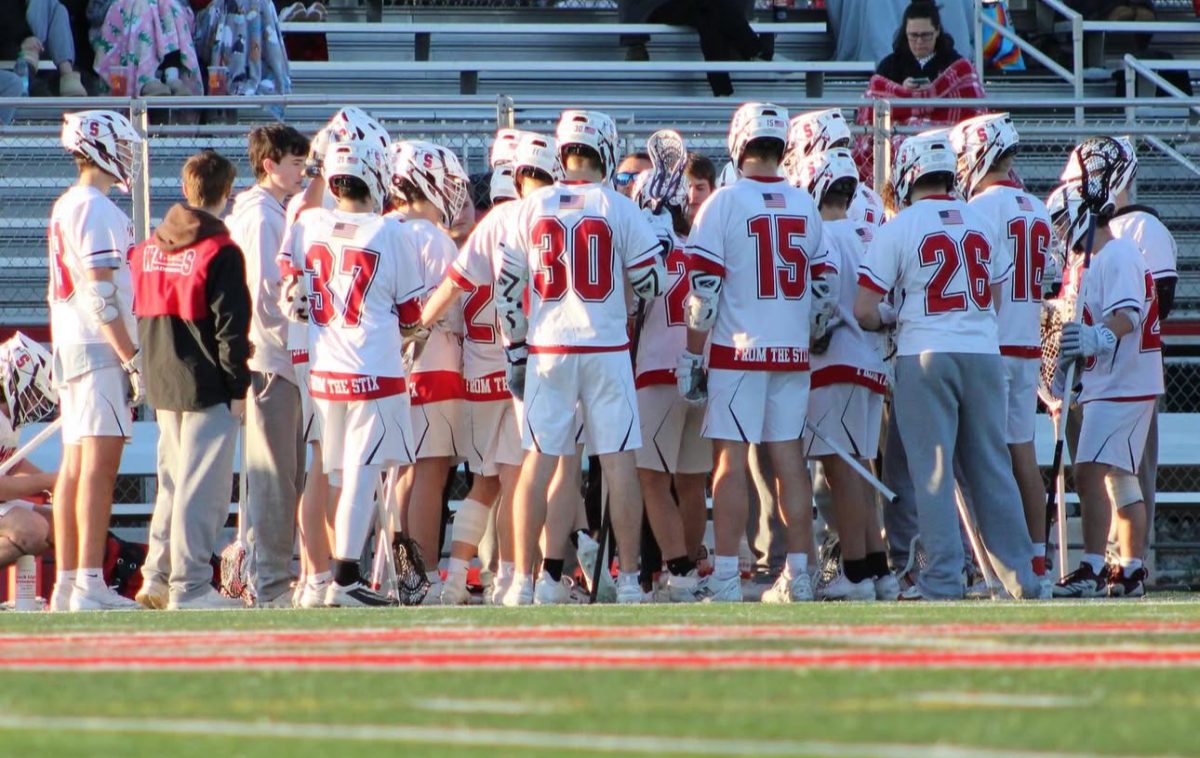
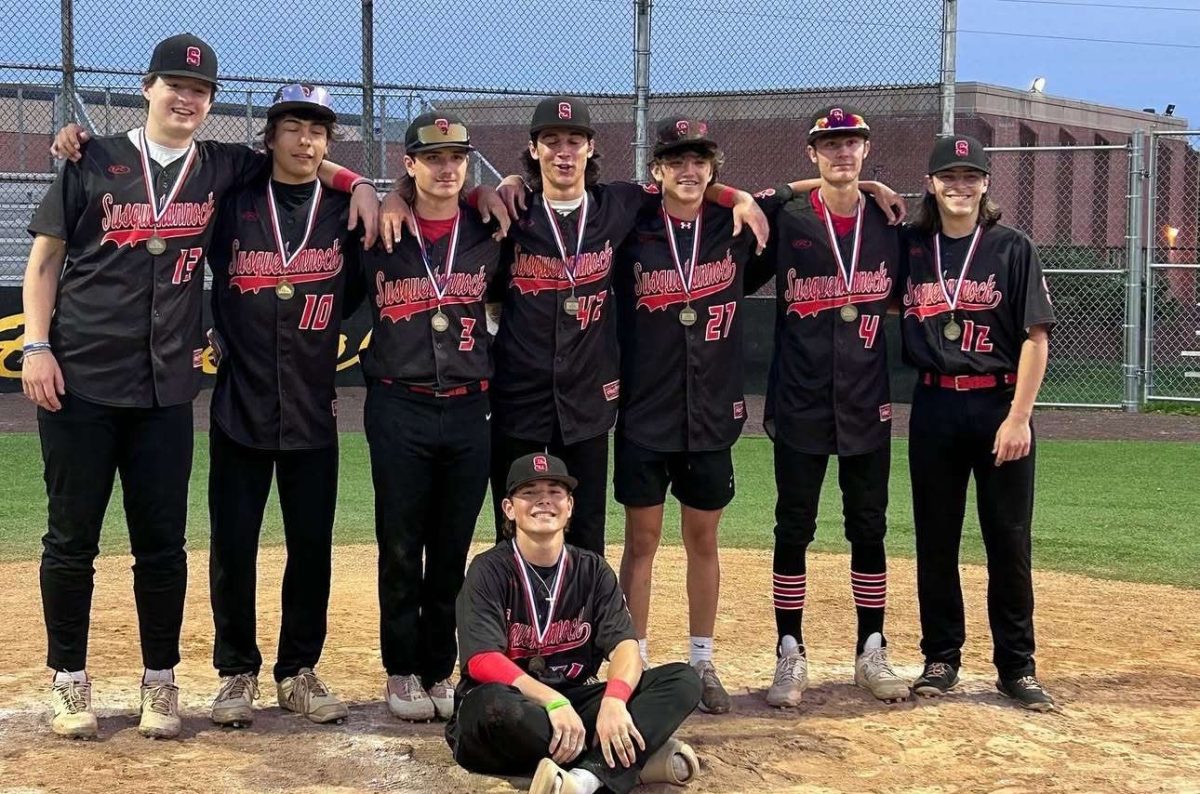

richard harper • Dec 8, 2023 at 10:20 am
hey great job on the article i miss you guys and if you dont know me just ask mooney about richard harper im under 2022-2023 courier profiles .
GO WARRIORS.